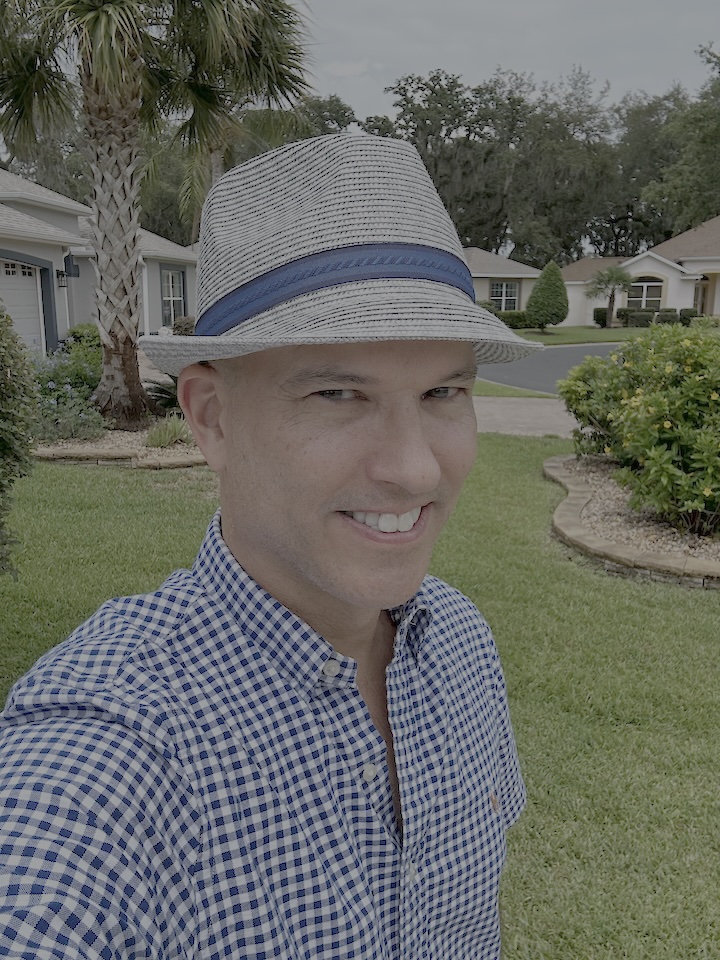 Influence: The Psychology of Persuasion is a fascinating book. In it, psychology professor Dr. Robert Cialdini explains the way people use various psychological tools to influence people to do things. For example, if someone does you a favor, you will instinctively want to do them a favor in return. In fact, after receiving a favor or a gift from someone, you will find it very difficult not to do them something in return, particularly if they ask for it. This is the tool of influence reciprocity in action. Marketers and salespeople are constantly – and mindfully – using these and other tools of influence to maneuver people into taking actions they wouldn’t normally take.
Influence: The Psychology of Persuasion is a fascinating book. In it, psychology professor Dr. Robert Cialdini explains the way people use various psychological tools to influence people to do things. For example, if someone does you a favor, you will instinctively want to do them a favor in return. In fact, after receiving a favor or a gift from someone, you will find it very difficult not to do them something in return, particularly if they ask for it. This is the tool of influence reciprocity in action. Marketers and salespeople are constantly – and mindfully – using these and other tools of influence to maneuver people into taking actions they wouldn’t normally take.
Social Proof
One of the most fascinating tools of influence Dr. Cialdini describes in his book is social proof. The theory of social proof indicates that you will take actions according to the social cues of the people around you. For example, if someone is having a heart attack, a lone passerby would be likely to come to that person’s aid. But if the person having a heart attack was surrounded by a group of people, before helping that person each individual would likely pause to take social cues from the other people in the group. Since the other people in the group are doing the exact same thing (and not acting), the individual might believe that there is no emergency, and not go to that person’s aid – and the rest of the group would do the exact same thing. The person having the heart attack would therefore be much less likely to receive aid than if a single individual were present.
Here’s an interesting fact also featured in the book. When someone commits suicide, and the suicide is publicized in the news, over the next few days the occurrence of car accidents and private and commercial plane crashes increases to a noticeable degree. If it’s a lone suicide, then more people will die by themselves in car crashes – by running into trees, for example. If it’s a murder-suicide, then there will be more multi-car wrecks and downed commercial jets resulting in multiple deaths. Note that this only happens when the suicide is publicized.
While it can’t be proven, the researchers Cialdini references in his book believe what is happening is social proof in action. When a person commits suicide, and other people hear about that suicide, some of those people will choose to follow his or her lead. With a murder-suicide, someone might choose to follow that lead by going out in a way that takes out other people, either in a huge collision on the highway or, yes, even taking down a commercial airliner. Scary, no?
America’s problem with mass shootings
While Dr. Cialdini doesn’t mention America’s mass shootings in his book (it was written a few decades ago, before the problem started getting out of hand), I believe that the theory of social proof can go a long way to describing what is going on in America today. Starting with Columbine, the American media voraciously reports on mass shootings… and, more importantly, on the characters of the shooters themselves. I believe that the in-depth reporting on the people committing these shootings is going a long way to causing other people to do the same thing. Troubled teens in high school who feel outcast and alone (and by the way, I’m pretty sure all teens feel outcast and alone at some point) see someone with whom they can associate – an outcast and a loner, nothing special about him – who is suddenly the focus of the entire nation. His manifesto is read on TV and dissected for information. His schoolmates are interviewed. His bedroom is photographed. He becomes an instant celebrity. Note that he is probably dead at this point… but he died in a way that has made him somebody worth noticing.
You’ll notice I used the pronoun ‘he’. The trend of mass shootings in America, with some exceptions, seems to be “young white males”. It has been demonstrated that people are more apt to want to imitate those people who are most like themselves. So for example, if you want to show a child proper behavior, it is more effective to have that child learn those behaviors from another child instead of, for example, a 30-year-old man. I do not think that the frequency of young white males committing mass shootings is somehow because young white males have some sort of predisposition to make them more inclined to commit mass murder. I think it’s because they’re taking social cues from the other young white males in the past who have committed similar atrocities.
After the shootings in Paris in November of 2015, police started hunting for a man named Abdelhamid Abaaoud (not a young white male, I know – though the theory of social proof can also help to explain why some people choose to become terrorists). Officials suspected it was Abaaoud who orchestrated the Paris attacks. During news reports, reporters referred to Abaaoud as “the mastermind behind the attacks”. It was a word they used often – mastermind. It made me cringe every time they said it. This was not a “mastermind”, this was a killer who gathered a few people with automatic weapons and sent them into a concert hall to shoot up the place. We should not be glorifying killers by giving them titles like “mastermind”. And yet we (and by we, I mean the media) do this sort of thing all the time. People who commit mass shootings are depicted as dark and mysterious loner-types. They’re not crazy, evil, or losers, they’re “troubled souls”. Just the sort of archetype that troubled young men like to emulate.
Mass shootings in Canada
I still remember when, while I was growing up in Toronto, a man walked into the École Polytechnique de Montréal and shot 14 women. The whole concept was frightening and difficult to believe possible. The 14 women are officially remembered in Canada every December 6th, the “National Day of Remembrance and Action on Violence Against Women”.
There have been other mass shootings in Canada since then, but on the whole, Canada doesn’t seem to have nearly the problem with mass shootings that America does. Why is that?
I think that the answer here is also social proof.
People, and the media, frequently compare Canada with the United States when it comes to mass shootings. “Why doesn’t Canada have a problem with mass shootings like America does?” is the question. “Canadians aren’t as violent as Americans.” “Canada doesn’t have a problem with mass shootings like the United States.” “Canadians would never do that.”
You will see here what is happening. The messages being sent to young Canadians are the opposite of the ones being sent to Americans. While Americans hear “We have a huge problem with mass shootings”, accompanied by an overload of information about who committed the atrocities and how they committed them, young Canadians are given the message “We don’t do that here.” The fact that Canadians don’t have a gun problem is so engrained in the social weave of the populace that it’s almost a self-fulfilling prophecy. I’m not saying that social proof is the only reason Canada doesn’t have a gun problem. But I would wager it has a significant effect. Social proof is very powerful.
So what should we do?
In the book Influence, Dr. Cialdini makes it clear that the copycat effect of suicides (and murder-suicides) only takes place when the suicide is widely publicized. If a celebrity commits suicide, and that suicide hits the news (which of course it is going to do), a significant number of people will choose to follow that social cue. If someone commits suicide and nobody hears about it, there will be no significant change in the suicide rate.
If we want to slow down mass shootings in America, we should stop publicizing them as much as we do. We should put a halt to the fear-mongering and instead offer newer, better social cues – ways in which people are improving our way of life here in the United States, how they’re doing it, and how awesome they are because of it. And we should certainly not glorify people who commit mass murders.


Excellent article. If only we could get the media (and reality crazed Americans) to follow this….. Thank you.
Thank you very much Mitzi – I appreciate it!